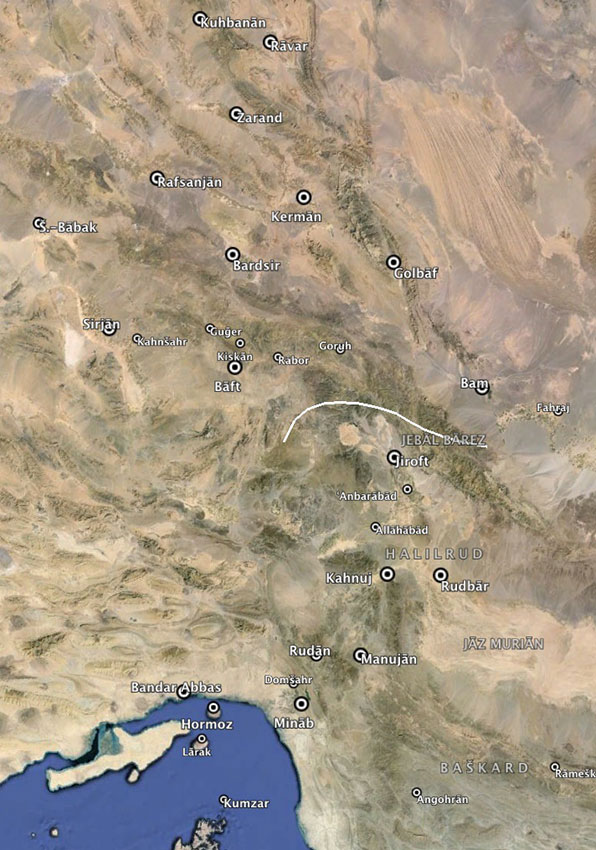Handbook Of Textile Auxiliaries Iran
Alvan Sabet Co. (ASC) is established in 1996 and started to produce in 1997. Alvan Sabet Co. Is situated in Hamedan, the first capital of persian emperor, is by far the largest manufactur of dyestuff and textile auxiliaries, in the Meadle East serving the textile and leather industries in Iran. Alvan Sabet Co. Has 240,000 m2 production and storage facilities, fully equipped to produce 3500 MT/year including 60 different shades of acid, metal complex, direct, reactive dyes, blend dyes for blend fabric and 500 ~ 1000 MT/year (by full working schedule) textile pigment printing paste and textile auxiliaries. We have numerous customers, including a lot of large executive textile companies.
Download Free Sound Holic Kaze Rar. Quality Control and R&D are fundamental activities at Alvan Sabet Co. And the stuffs are highly trained and skillful engineers enabling the company to achive ISO 9001:2000 Germany in 2004. Although a young company Alvan Sabet Co. Has been well established in IRAN's market, trying to keep place with new developments in the global market too. We have developed our product range by textile pigment printing paste and new generation of textile auxiliaries since 2001. Alvan Sabet Co. Has a few sub plants including.
Today, Omega has announced some very exciting news in regard to how it will certify the performance and accuracy of their timepieces with in-house produced movements. In short, Swiss Omega will continue to submit its chronometer designated movements to COSC Chronometer certification tests but, after casing up the COSC certified movements, it will put these Co-Axial Master Chronometer watches through a series of in-house tests which received a comprehensive certification by the Swiss government controlled METAS agency. One major reason for this is that moving forward more and more Omega watches will contain the company's Co-Axial Master Chronometer technology which includes both a unique type of escapement as well as anti-magnetic properties.
Astatic D104 Serial Numbers. Amazon.in - Buy HANDBOOK ON TEXTILE AUXILIARIES, DYES AND DYE INTERMEDIATES TECHNOLOGY book online at best prices in india on Amazon.in. Read HANDBOOK ON TEXTILE. Handbook on Textile Auxiliaries, Dyes and Dye Intermediates Technology. Auxiliaries, dyes and dye intermediates play a vital role in textile processing industries. Get this from a library! Index to textile auxiliaries. [Maxine Bailey;]. Download and Read Iran Clothing And Textile Industry Handbook Iran Clothing And Textile Industry Handbook How can you change your mind to be more open?
According to parent company Swatch Group, Omega is about to offer what possibly is the most comprehensive and extensive way of certifying a mechanical watch. Let's see what all this means in practice.


Iran has recently announced it will resume import of fabrics from countries producing the best quality material such as Italy, which had earlier expressed readiness to export cloth to Iran once the sanctions were removed. Although, this is unpleasant for those involved in the domestic textile industry due to fears of losing their market share, experts have welcomed the move. Experts contend that growing interest among foreign textile producers to export to Iran will benefit the domestic textile industry by creating a competitive market. Although, Iran has a long history of producing fabrics, the quality has declined in the absence of foreign rivals. They say competition is vital to encourage textile producers to improve the quality of their products to attract more customers and increase their market share. Experts also believe that boosting trade ties with foreign textile producers is vital to enhance the quality of domestic products. Don Camilo Guareschi Pdf Creator. Iranians have been involved in producing uniquely-designed fabrics for the last 8,000 years.
Iranian hand-woven textiles were exported throughout history. Certain modern textile manufacturers are reportedly producing fabrics created by artists inspired by traditional Iranian designs. The products have drawn global attention, prompting Iranian officials to take urgent actions to revive the industry. In a roundtable, Iran Daily’s reporters asked two experts — Behnoud Javaherpour, an Italian-based fashion and cloth designer, and Majid Mozaffari, a producer of traditional embroidery cloth from Yazd — about the potentials and capabilities of Iran’s textile industry. Javaherpour holds academic degrees in textile design from Instituto Marangoni Milano in Italy. He has earned more fame and popularity in the world than in at home. He has recently come to Iran to contribute to the revival of Iran’s textile industry.
Majid Mozaffari graduated from universities of Yazd and Tehran Fine Arts in the fields of carpet weaving and handicrafts. He invented a modern textile machine for ‘Daraei Bafi’— a type of Iranian traditional textile. Excerpts of the discussions follow: IRAN DAILY: How long is the history of textile in Iran? Are such products still attractive for people around the globe? MOZAFFARI: While some archeologists believe the history of fabrics dates back to 8,000 years, the result of archeological excavations conducted in Behshahr in Mazandaran province revealed that Iranians have been producing fabrics for the last 6,500 years. Numerous archeological findings at the world’s most prestigious museums such as Louver (in Paris) are also point to the long history of textiles in Iran.